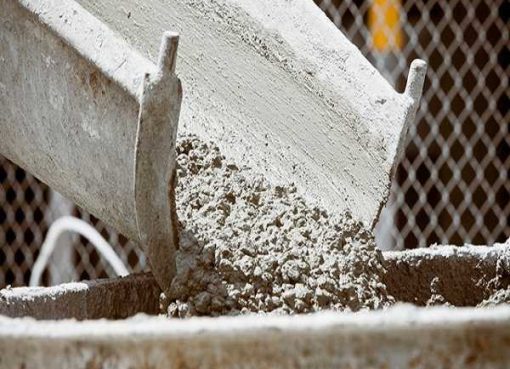An enzyme has been developed that can break down PET plastic – typically used to make drinks bottles and inexpensive clothing – which could help to tackle microplastic build-up in marine environments.
A team of researchers from Northwestern University have been focusing on recycling techniques that can efficiently deconstruct and rebuild plastic polymers which can be preferable to other recycling methods, many of which can only be used on plastic once.
Recycling plants typically heat plastic up, break it down and then rebuild it into weaker, poorer quality materials. Breaking down the polymers into their fundamental components can enable the creation of new plastics that are sturdier than they were before.
Using an enzyme that can be synthesised in a lab, the researchers developed a process without using other solvents that can be used repeatedly.
“People have discovered an enzyme – a bacteria that eats polyester to survive and converts it into monomeric units,” said researcher Olvera de la Cruz. “But they haven’t been able to use it because it breaks down at a certain temperature. Our idea was to build polymers capable of encapsulating the enzyme to protect its structure, so that it can continue to function outside of living cells and in the lab at sufficiently high temperatures to be able to break down PET.”
In the study, the team designed a polymer and the conditions needed to effectively protect the enzyme (called PETase), so that when the structure was heated, the PETase wouldn’t unravel and become ineffective.
After the polymer was synthesised using a technique called free radical polymerisation, which rapidly links monomers together, it was mixed with chemically synthesised enzymes.
“We found that if you put the complex of the polymer with the enzyme together, and close to a plastic, and then you heat it up slightly, the enzyme was able to break it down into small, monomeric units,” de la Cruz said.
The team has its sights set on encapsulating entire microplastics in the structure, then making an aggregate of microplastics with these enzymes.
“You can make a new polymer with the monomeric units,” de la Cruz added. “These are dangerous things that are bad for our health. We don’t need to make more. You can reuse the ones already here to make an equally good plastic – or better.”
Source: E&T










